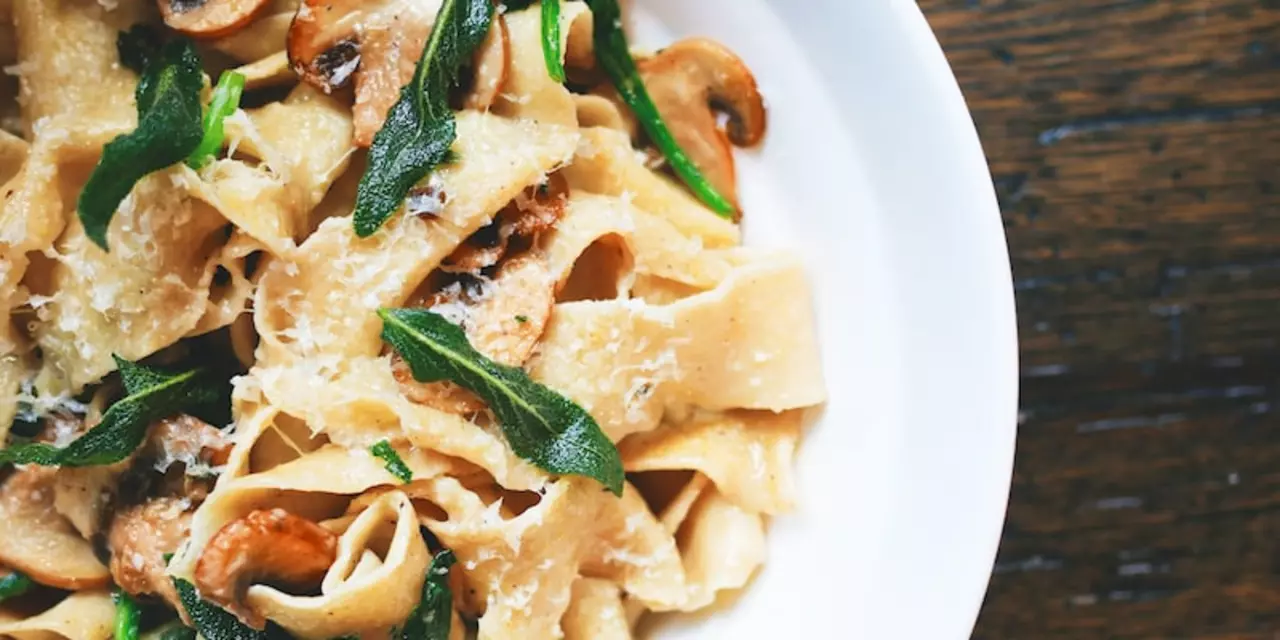Ready to Eat: Quick Food Ideas and Honest Reviews
If you love tasty meals but hate waiting, ready‑to‑eat (RTE) food is the answer. From chilled rotis to packaged snacks, the market is full of options that promise convenience. But not every product lives up to the hype. Below, we break down the most common RTE concerns and share real‑world experiences from our readers.
Why Ready‑to‑Eat Matters
Busy schedules, long commutes, and spontaneous cravings make RTE a daily reality for many. A good RTE item saves time, reduces cooking mess, and still delivers flavor. However, the trade‑off can be nutrition, price, or taste. Knowing what to look for helps you pick products that actually satisfy.
First, check the ingredient list. Shorter lists with recognizable items usually mean fewer additives. Second, pay attention to storage instructions—some foods need refrigeration right after purchase, while others stay shelf‑stable for months. Lastly, read the cooking method. Some items need a quick microwave zap; others work best on a stovetop or even a toaster.
Top Ready‑to‑Eat Picks and Pitfalls
Our community has tried a range of RTE foods, from frozen rotis to ready‑made curries. Here are the highlights:
- Frozen Rotis that Don’t Puff: Many users report flat rotis from frozen packs. The culprit is often dough that’s too dry or a pan that’s not hot enough. A quick tip—sprinkle a few drops of water on the pan before heating. It creates steam that helps the roti puff up.
- Pre‑Packaged Snacks: One reader described the worst Indian snack they ever tasted—stale, overly salty, and lacking the characteristic crunch. The lesson? Look for a “best before” date that’s within three months and choose brands that list real spices instead of “flavor enhancers.”
- Ready‑to‑Eat Meals: Popular options like microwaveable paneer butter masala or instant dal can be flavorful, but they sometimes hide excess oil. Drain the sauce half‑way through heating and add fresh veggies for a healthier boost.
- Convenient Breakfasts: Quick oats or instant poha kits are lifesavers. For better texture, add a splash of milk or a handful of nuts after cooking. This small step adds protein and prevents the dish from feeling too bland.
When trying a new product, give it a taste test before committing to a whole pack. A small portion lets you decide if the flavor, texture, and price are worth it.
Ready‑to‑eat doesn’t have to mean compromising on taste. By checking labels, using simple cooking tricks, and learning from fellow food lovers, you can enjoy hassle‑free meals that actually satisfy.
Got a favorite RTE brand or a disappointing experience? Share it in the comments and help the community make smarter food choices.
Are 'Ready to Eat' Indian food products too unhealthy?
0 Comments
Ready to Eat Indian food products are becoming increasingly popular due to their convenience and flavor, however, many of these products contain high levels of sodium, sugar, and oil which can be detrimental to one's health. In addition to this, the processing methods used in the production of these products can strip away many of the beneficial nutritional elements. While Ready to Eat Indian food products can be enjoyed in moderation, the healthiest option is to prepare meals from scratch using fresh ingredients.
Read More